Uncategorized
-
 Astronomy
AstronomyThe earliest known galaxy merger occurred shortly after the Big Bang
Telescopes show two distant blobs of stars and gas swirling around each other in the young universe.
-
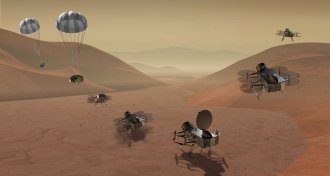 Planetary Science
Planetary ScienceWith Dragonfly, NASA is heading back to Saturn’s moon Titan
NASA’s next robotic mission to explore the solar system is headed to Saturn’s largest moon, Titan.
-
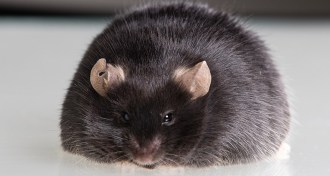 Health & Medicine
Health & MedicineIn mice, a high-fat diet cuts a ‘brake’ used to control appetite
A fatty diet changes the behavior of key appetite-regulating cells in a mouse brain.
-
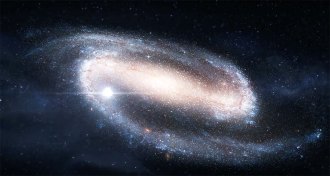 Astronomy
AstronomyIn a first, telescopes tracked a lone fast radio burst to a faraway galaxy
First-time observations suggest that the cause of one-time fast radio bursts is different from what triggers repeatedly flashing radio bursts.
-
 Health & Medicine
Health & MedicineAntioxidants may encourage the spread of lung cancer rather than prevent it
Antioxidants protect lung cancer cells from free radicals, but also spur metastasis, two new studies suggest.
-
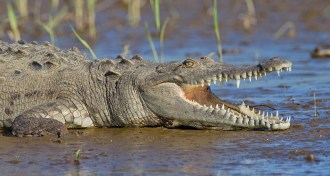 Animals
AnimalsSome ancient crocodiles may have chomped on plants instead of meat
Fossil teeth of extinct crocodyliforms suggest that some ate plants and that herbivory evolved at least three times in crocs of the Mesozoic Era.
-
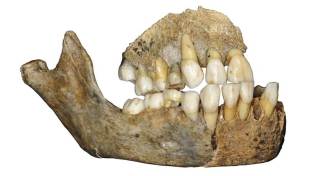 Genetics
GeneticsDNA reveals a European Neandertal lineage that lasted 80,000 years
Ancient DNA from cave fossils in Belgium and Germany shows an unbroken genetic line of the extinct hominids emerged at least 120,000 years ago.
By Bruce Bower -
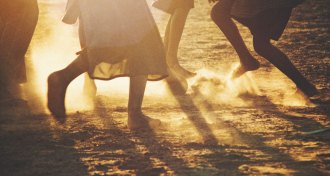 Health & Medicine
Health & MedicineThick calluses don’t make feet any less sensitive
Bare feet that develop thick calluses are just as sensitive as shoe-clad feet, a study in Kenya finds.
-
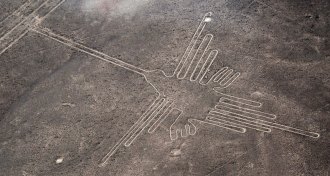 Archaeology
ArchaeologyPeru’s famous Nazca Lines may include drawings of exotic birds
Pre-Inca people depicted winged fliers from far away in landscape art.
By Bruce Bower -
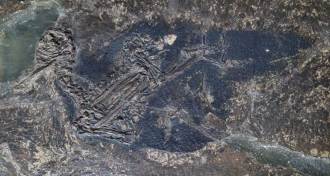 Paleontology
PaleontologySigns of the color blue have been found in a fossil for the first time
Scientists think they’ve spotted hints of blue plumage in a fossilized bird from 48 million years ago.
-
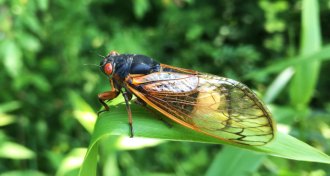 Life
LifeThese fungi drug cicadas with psilocybin or amphetamine to make them mate nonstop
Massospora fungi use a compound found in magic mushrooms or an amphetamine to drive infected cicadas to mate and mate and mate.
-
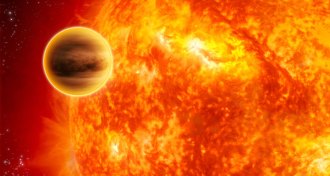 Astronomy
AstronomyA new algorithm finds nearby stars that could host hidden worlds
An algorithm dubbed “Netflix for exoplanets” identified more than 350 stars that, based on their chemistry, might have planets orbiting out of sight.